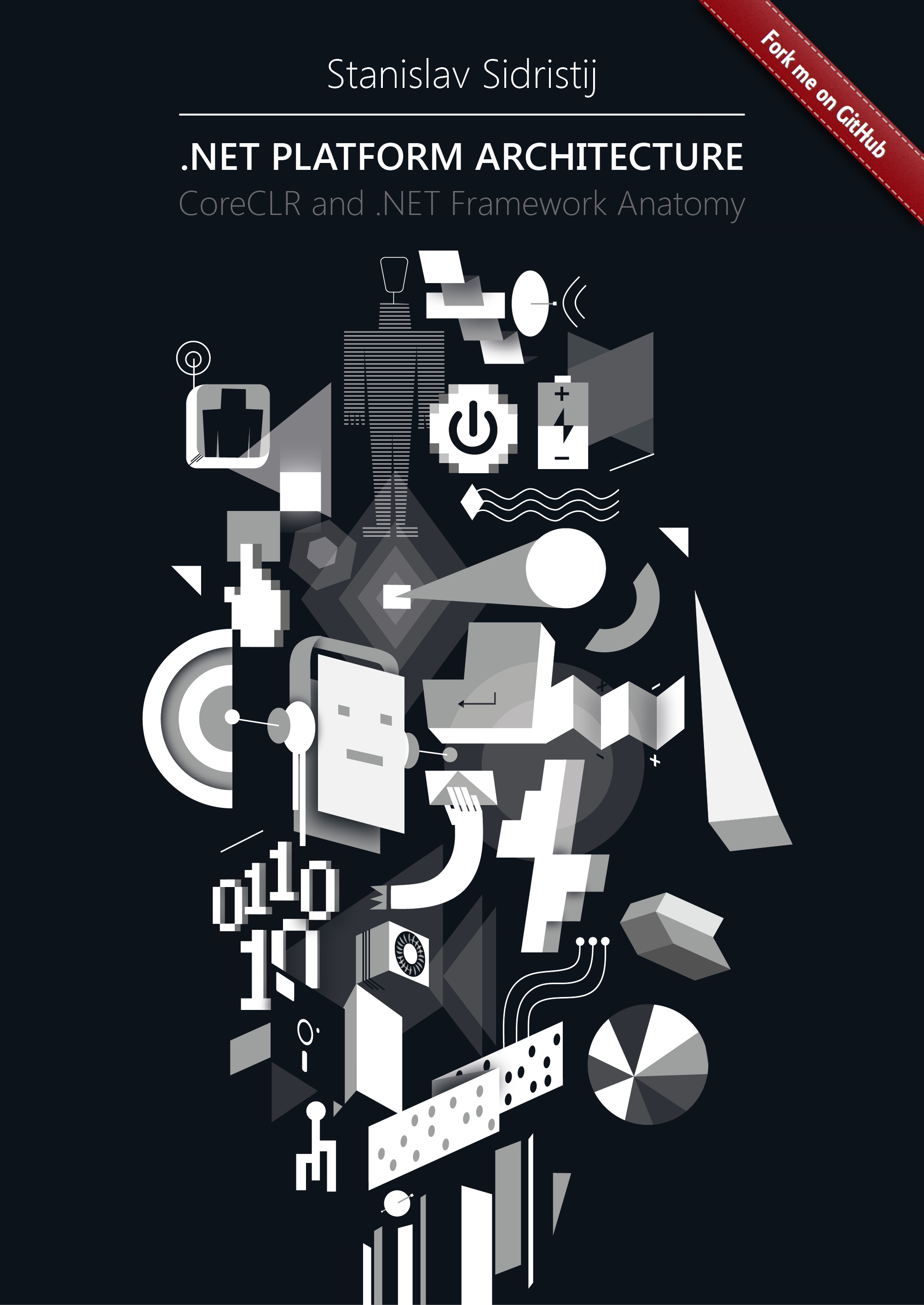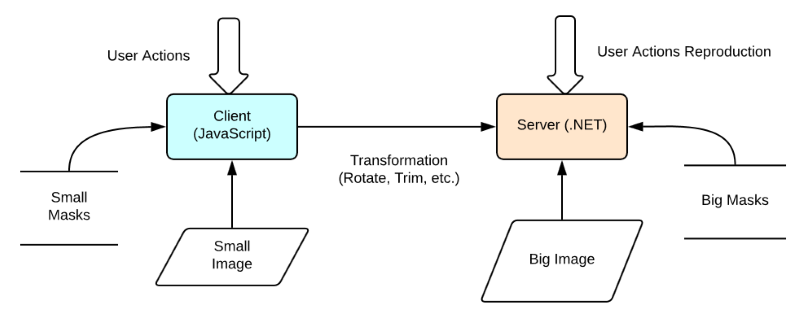Visual Studio’s project templates enable you, the developer, to create multiple similar projects more efficiently by defining a common set of starter files. The project templates can be fully customized to meet the needs of a development team, or a group, and can be published to the Visual Studio Marketplace for others to download and use too! Once published, developers can install and access the template through Visual Studio’s New Project Dialog.
The newly designed New Project Dialog for Visual Studio 2019 was built to help developers get to their code faster. Using a search and filter focused experience, we are aiming to provide better discoverability for specific templates to start your application development









 This chapter was translated from Russian jointly by author and by
This chapter was translated from Russian jointly by author and by 





